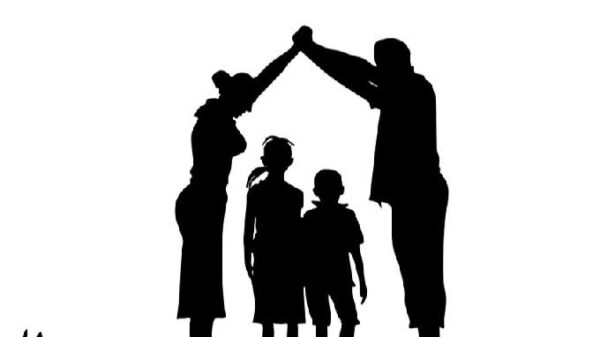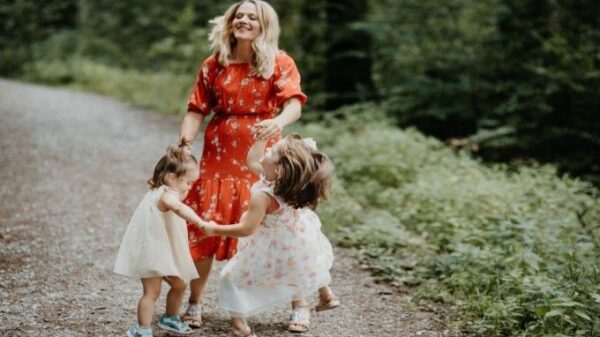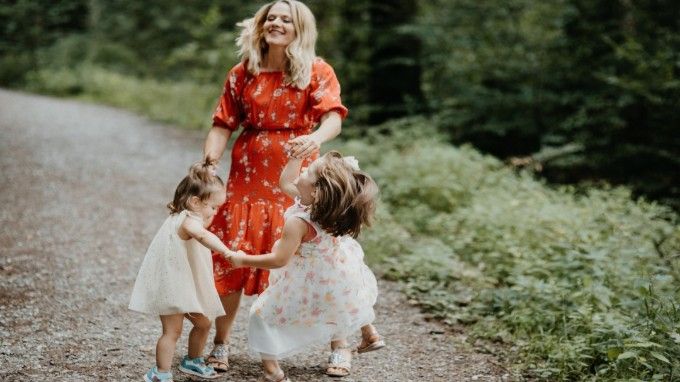The joint family customs have been a cornerstone in Indian society. It is like a community with intergenerational support. It showcases unity and shared responsibilities; however, this old structure is now undergoing a number of transformations. This is due to cultural changes which are evolving due to economic factors and otherwise. In 2025, joint family customs in modern Indian households are seeing a very drastic shift.
The Traditional Joint Indian Family
Conventionally, a joint family involved of many groups living together like grandparents, parents and children. It was based on mutual understanding and respect. When it came to childcare, the grandmother and aunt would also take care of the child instead of only the mother. It gave responsibilities to everyone when it came to buying things for the house or managing the household or taking care of the children or elders. There are many main customs in joint families. For example, people would eat meals together as they conversed about the day which created a sense of bonding, belonging and fostered unity. When it came to making decision, the elders often took the lead and held the authority in important family matters. Young members often asked for advice from the elders. When it came to festivals like Holi, Diwali and Eid; there was a grand celebration in joint families which was full of rituals, feasts where everyone had a role to fulfil. Collective participation was the key. The best thing was that there was mutual support like if anyone needed financial help, other members of the family would often step up and provide what they can. A joint family was like five fingers of the hand, everyone would come together to support each other.
The Modernising Shift

In the last decade, there has been a visible decline in joint families. This has particularly happened in metropolitan cities. The reason why this has happened is because of urbanization. Students have migrated to cities for getting into more reputable colleges and employees have moved to cities for better job opportunities. Moreover, since people have got jobs and become independent at a young age, they no longer feel the need to depend on their parents or grandparents; they wish to build their life on their own terms. There has been a greater emphasis on personal space and individualism, which was not as relevant twenty years back. Even children who live in nuclear families want their personal rooms now. People opt for nuclear families due to these lifestyle shifts.
Variations of Joint Family Customs
Due to the rise of the internet, people who stay from each other can still connect with a click of a button. Group chats and video calls keep family members connected. Other than that, when it comes to festivals, the young generation often visit their joint family so that they can celebrate together. In addition, even if families do not live collected, they occasionally share everyday jobs like a child can be dropped to the grandparent’s residence if the mother has to go to work.

There are certain houses with two gates so that the family members get a greater amount of privacy. Some families have decided on a particular day of the week when they have a shared family meal.
In conclusion, joint family customs are known for their culture which have basically shaped Indian society. While some modern challenges have led to minor changes, the core values of unity, support and shared responsibilities remain integral to Indian domestic life. The spirit of joint families still lives joyfully in the modern era.
Author
Shreeja Mukherjee


